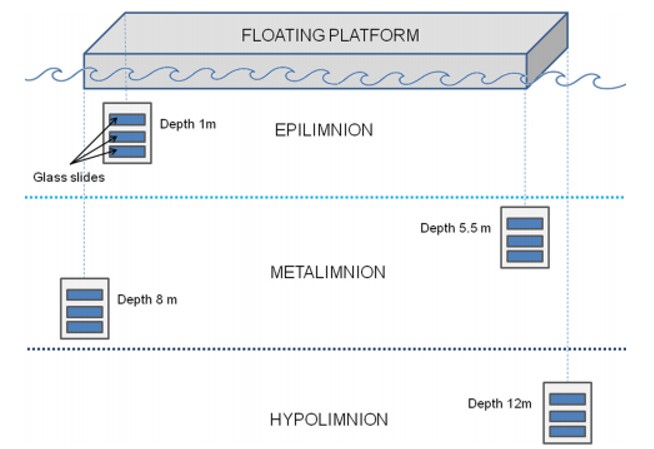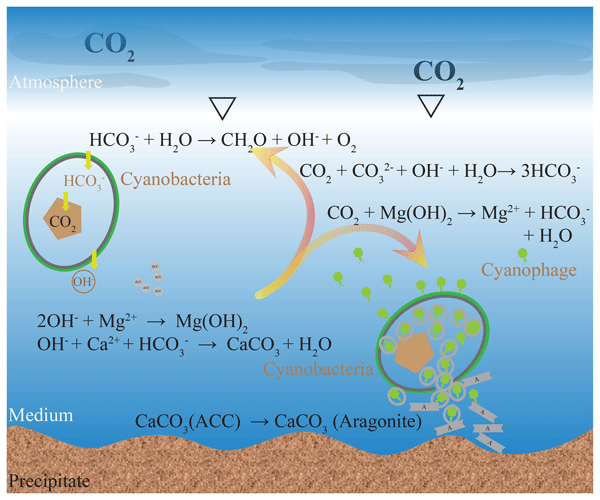
Authors
Cyanobacterial blooms have become common all over the world, negatively affecting various ecosystem components. Planktothrix rubescens is a planktonic cyanobacterium that frequently causes blooms in temperate (mostly mesotrophic) lakes in Europe and, unlike other cyanobacteria, it is usually associated with ecosystem re-oligotrophication. The potential effects of P. rubescens on periphyton development have not been estimated in any recently published studies. The objective of the present paper was to assess how a Planktohrix rubescens bloom affects periphyton development in a temperate freshwater reservoir. A field study was performed in the Vrutci reservoir (western Serbia), where P. rubescens blooms have occurred since December of 2013. Periphyton was grown on glass slides that were incubated following lake stratification and sampled monthly from July to October of 2015. Dry mass, ash free dry mass and content of chlorophyll a, as well as composition of the community of developed periphyton, were estimated, together with P. rubescens biomass in the water column at the particular depths where substrates for periphyton were incubated. The metalimnetic bloom of P. rubescens induced calcite precipitation on the incubated substrates, which was reflected in obstructed colonization. The periphyton community composition was mainly determined by the depth gradient, which was potentially related to reduced light availability driven by shading effects caused by the P.rubescens bloom. Our results provide a significant update on periphyton ecology in relation to cyanobacterial blooms, elucidating complex interactions in the ecosystem. They also represent a stimulus for further studies on the capacity of P. rubescens for induction of calcium carbonate precipitation in lakes.




